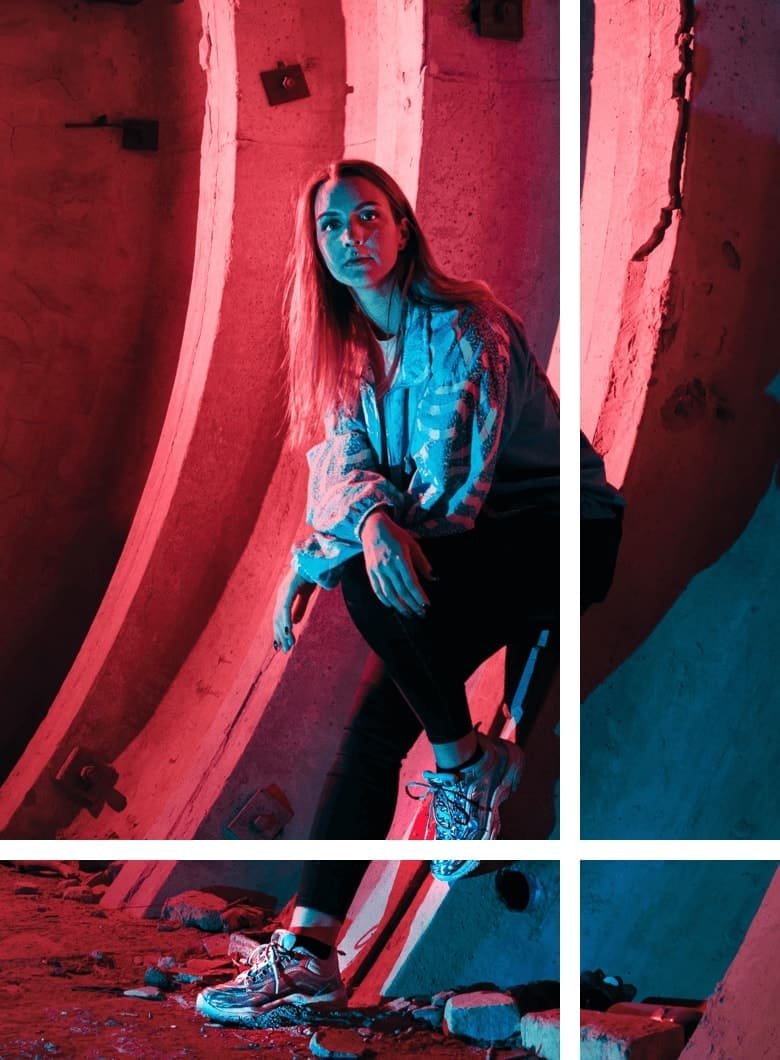The Origin of Marriage: How Ancient Alliances Became Modern Love
Discover the fascinating origin of marriage—a social institution born over 4,000 years ago in ancient Mesopotamia as a means to forge alliances, secure property, and ensure legitimate heirs. Far from its modern association with love, marriage began as a pragmatic contract between families, evolving through various cultures and religious practices. Today’s romantic ideals emerged only after centuries of legal, social, and spiritual transformation. Explore how the practical unions of antiquity gradually gave way to the concept of marriage as a partnership founded on emotional connection, reflecting its enduring adaptability and importance through history.
The Origin of Marriage- Cavemen Era
The origin of marriage dates back to the cavemen days. It wasn’t formalized like today’s legal or religious ceremonies. Instead, early human pair-bonding likely emerged from practical needs: survival, reproduction, and cooperation. Mating partnerships were often shaped by kinship ties, food sharing, and mutual protection. Evidence from burial sites and communal dwellings suggests long-term unions existed, even without rituals.
Gender roles played a part—men typically hunted while women gathered and cared for offspring—making cooperation essential. These proto-marriages laid the groundwork for later societal norms. In essence, prehistoric “marriage” was more of a survival-based alliance than a romantic union, rooted in necessity rather than ceremony.
The Practical Social Contract
Marriage is one of humanity’s oldest and most universal institutions, but its earliest forms were vastly different from today’s romantic unions. Tracing the origin of marriage reveals a story not of love, but of practical alliances, social contracts, and the evolution of human society.

The first recorded evidence of marriage ceremonies dates back around 2350 B.C., in ancient Mesopotamia, the cradle of civilization. These early unions were crafted not for personal affection but as mechanisms for building alliances, securing property, and legitimizing heirs. Marriage served as the glue holding together extended families, tribes, and, eventually, states—a way to bind families for mutual economic or political advantage.
Pragmatism Over Passion
In these early societies, marriages were usually arranged. The bride and groom rarely had a say; their families decided alliances that would be mutually beneficial. Dowries were exchanged and contracts made: the union represented a merging of wealth and influence rather than hearts. Ancient Indian wedding customs, for example, involved middlemen arranging matches between prepubescent children, families carefully matching horoscopes, and meticulous negotiations over dowries.

As civilizations grew, state and religious authorities began regulating marriage, moving it from an informal family contract to a formalized institution. By the Middle Ages, written contracts and public ceremonies had become customary in many societies. The Christian Church, in particular, began to require public announcements (banns) and record the terms and validity of marriages, solidifying the institution as both a spiritual and societal cornerstone.
From Contract to Commitment
For millennia, marriage remained anchored in economy and social order, not emotion. Women’s rights within marriage were limited; in many cultures, a bride’s legal identity merged into her husband’s. The idea of marrying for love simply was not practical—social standing and family interests took precedence. In ancient Rome, Egypt, China, and Babylon, property and legacy shaped the institution, while religious customs layered on spiritual significance.


The Persistence of Tradition
Despite the rise of love as a central ideal, modern marriage retains echoes of its ancient roots: formal ceremonies, legal contracts, and symbolic rituals remain integral. Traditional arranged marriages persist in some cultures, while wedding ceremonies worldwide continue to blend old customs with new trends.

Today, marriage is seen as a celebration of love and partnership—yet its historical foundation as an alliance endures. The institution has survived and adapted for over four millennia, shaped by the practical needs of our ancestors but reimagined by every generation since.
Hopefully, we will learn to find the most compatible person for ourselves. Why, even the elusive soulmate?
And then we might be able to marry for the right reasons!

For some amusing trivia, click here.
